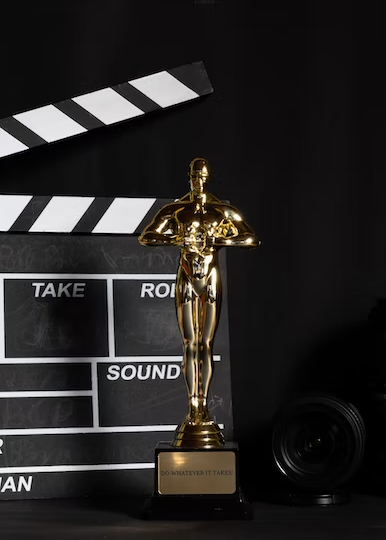Avatar is a massive franchise. Despite the first film hitting the cinemas in 2009, 13 years ago, Avatar remained a massively popular franchise. From rides at Disneys Animal Kingdom to clothing that still flies off the shelf, the bombshell film has continued to keep its stamp on the cinematic world since its release. That was perhaps fuelled by what felt like a never-ending wait for the sequel. Finally, however, in December 2022, almost 13 years after the original Avatar, Avatar: The Way of Water graced our screens.
The monster sequel is a cinematic journey lasting 3 hours and 12 minutes. It’s a sequel that ties together the two movies using unmatched graphics and storytelling – the result was broken Box Office records and sold-out cinemas. Accumulating $2.2 billion in sales, it’s the third highest-grossing movie ever.
Some would say the wait was too long, but Avatar: The Way of Water had access to the most modern and technologically advanced equipment and software that made the film the visual masterpiece that it is. Let’s explore what helped Weta’s Joe Letteri win his fifth VFX Oscar.
What Was Used?
Joe Letteri is Weta FX’s production senior VFX supervisor. He is one of the most experienced and acclaimed production supervisors in cinematics. Thanks to Avatar and his fifth VFX Oscar, he now holds the joint second spot for most VFX Oscars, alongside Forest Gump’s Ken Ralston. Joe Letteri is a mastermind, but the technology utilized provides the tools a mastermind needs to create cinematic perfection.
In the case of the way of the water and developing the VFX of the movie, Joe Letteri used editing software that was predominately developed in-house. Weta FX proclaims to have the most advanced toolchain for 3D creation, simulation, and rendering ever created. Using self-developed tools like Manuka, Odin, and Lumberjack, Letteri had an almost endless list of tools specifically designed for VFX and specializing in 3D visual effects.
Aside from in-house developed tools, it’s documented that Autodesk Maya – commonly known as Maya – is the software that produced most of the shops for the film. Maya is a powerful 3D computer animation software that contains powerful modeling tools for animators. The software needed to be specific for 3D computer animation as the film is fully animated using CGI and VFX.
What Made It So Special?
There’s no doubt that Avatar: The Way of Water is one of the best films to ever make its way to the cinema. Perhaps fuelled by the long wait, Avatar didn’t disappoint the millions of fans that longed to see an Avatar sequel on the screens. But what made it so special was the advancement into new filming techniques and the technology that helped transport viewers into another dimension.
Much of the film is underwater, meaning actors had to endure extensive free-diving training, with many of them able to hold their breath for up to two minutes, thanks to the film. In a recent interview, Joe Letteri opened up about the difficulties of creating technology and software to allow them to craft underwater cinematic masterpieces.
To achieve that, they used a global simulation methodology within the new in-house Loki framework developed by Weta’s VFX. Weta also produced a new depth compositing system that gave real-time composite in camera without using any green or bluescreen, allowing them to blend live action and CG elements to create close-up shots.
How Much Money Was Invested?
A lot of money went into the Avatar film. Not only did they face the standard production and employee costs any film faces, but there was also the cost of developing new technologies and software, as mentioned above, which amounted to a massive investment into the new Avatar film. According to reports by Disney, the total investment across the thirteen years was $460 million.
Considering Avatar: The Way of Water became the third highest-grossing film of all time, amassing $2.2 billion in Box Office sales alone, $460 million doesn’t seem so bad. Despite that, the $460 million budget Disney set is the most expensive movie in Hollywood history by a long shot. Again, factor in the innovation of new technology; it’s easy to see why it was such an expensive film.
Who Was The Competition?
Avatar: The Way of Water might have delivered Weta’s Joe Letteri his fifth VFX Oscar, but the competition was close. In 2022, some of the best cinematic experiences entered our screens, all using cutting-edge VFX technology. Here are the other nominations that were in the category for best VFX Oscar:
- All Quiet On The Western Front
- The Batman
- Blank Panther: Wakanda Forever
- Top Gun: Maverick
As you can see, some awe-inspiring cinematics found themselves in contention for the best VFX.
Avatar: The Way of Water is undoubtedly one of the best films ever produced. It’s captivating, exciting, colorful, and everything you could want from a long-awaited sequel to a film that was already possibly the most captivating VFX and CGI film ever created. It’s no wonder Weta’s Joe Letteri won his fifth VFX Oscar.








